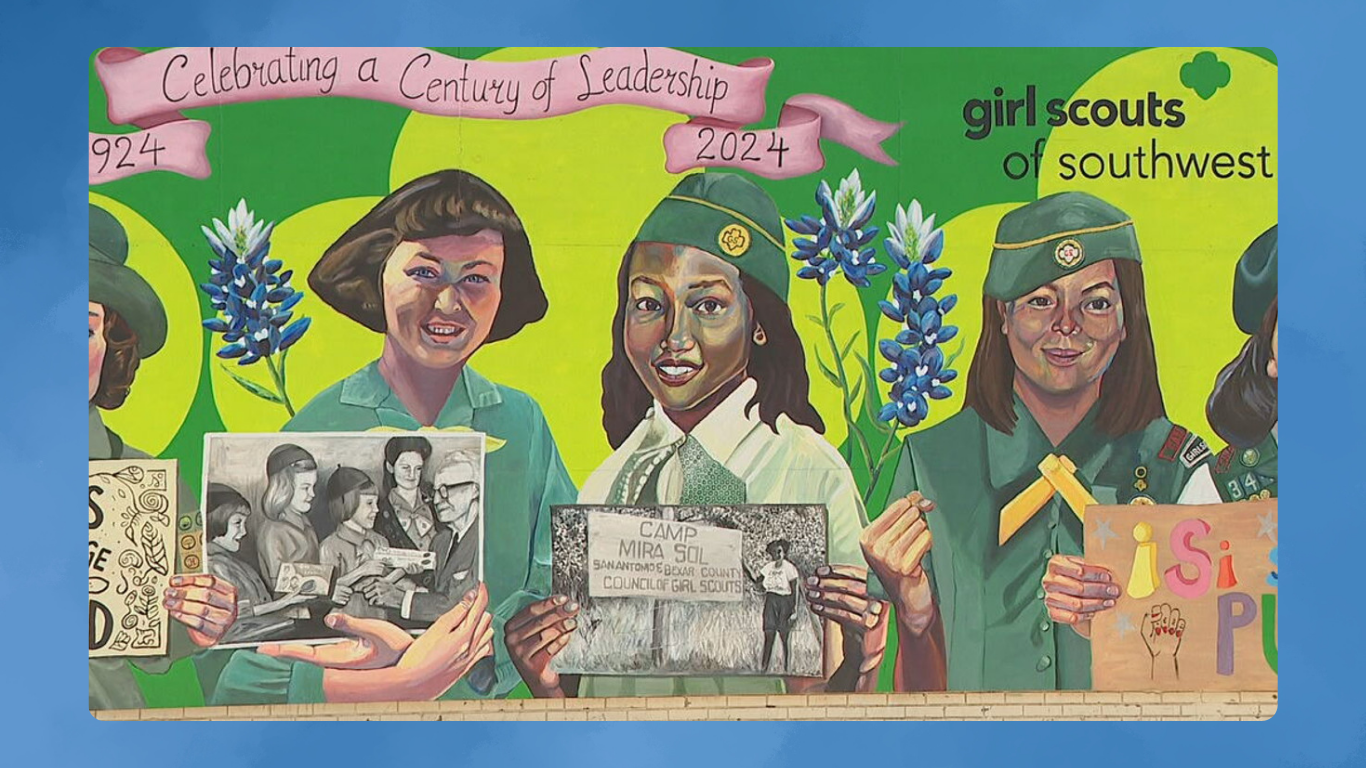Southwest Girl Scout Council Leaders recently tested their “cereal box” pin-hole viewers to safely observe the sun during an educator training program. This initiative is part of NASA’s ongoing efforts to inspire the next generation of explorers by supporting community institutions like museums, science centers, libraries, and other informal education organizations in delivering STEM (science, technology, engineering, and mathematics) content to their communities.

NASA’s Next Generation STEM project has expanded the Teams Engaging Affiliated Museums and Informal Institutions (TEAM II) program to include a new funding tier, offering more opportunities to informal educational institutions nationwide. The new STEM Innovator tier will provide awards of around $250,000, while the Community Anchor tier will continue to offer up to $50,000. The highest award level, the National Connector, will fund initiatives up to $900,000. The fiscal year 2024 solicitations will focus on the Community Anchor and STEM Innovator award levels, while fiscal year 2025 will target the Community Anchor and National Connector awards.
Since the program expanded to include Community Anchors in 2022, it has designated over 50 institutions across 29 states as NASA Community Anchors. These awards have strengthened the STEM impact of numerous community organizations, including:
University of Montana spectrUM Discovery Area
At the Standing Arrow Powwow on the Flathead Reservation, youth experienced remote sensing content through virtual reality. The University of Montana spectrUM Discovery Area engaged western Montana’s rural and tribal communities in understanding NASA’s role in fire sensing and response. SpectrUM developed the Montana Virtual Reality Fire Sensing Experience, using ClassVR headsets to educate visitors about NOAA’s Joint Polar Satellite System satellites, JPSS-1 and JPSS-2, and their Earth sensing capabilities. Collaborating with its community advisory group, SciNation on the Flathead Reservation, spectrUM incorporated fire and Earth science curricula developed by the Confederated Salish and Kootenai Tribes into their educational programs, impacting hundreds of students.

Sci-Port Discovery Center, Shreveport, Louisiana
The Sci-Port Discovery Center introduced middle and high school students to NASA aeronautics content through Aeronautics Museum in a Box kits. Developed in collaboration with NASA’s Aeronautics Research Mission Directorate, Sci-Port, and Central Creativity, these kits included hands-on activities about airplane parts, flight principles, airplane structures and materials, propulsion, future flight, and careers. Students and families from underserved communities across Northwest Louisiana tested the kits and provided feedback. “Museum in a Box brought our participants to new heights, inspiring them to see themselves as educators for their children and guides for STEM careers,” said Dr. Heather Kleiner, director of the Northwest LaSTEM Innovation Center at Sci-Port Discovery Center.
Whiting Village School, Maine
Students from Whiting Village School, grades 5-8, joined Flight Director Tyson for a Destination Mars Virtual Mission from their two-room schoolhouse in rural Maine. The Challenger Learning Center of Maine reached more than 960 K-8 students statewide through 58 virtual programs, involving 27 mainland schools and four island schools. They also hosted a STEM community night for rural Whiting residents and held virtual programs featuring NASA women engineers for girls across the state. “NASA’s funding allowed Challenger Maine to offer this Mars mission experience for free to schools, regardless of size,” said Kirsten Hibbard, executive director of the Challenger Learning Center of Maine. “We’ve connected with new schools and become a vital STEM resource for these communities.”
NASA’s TEAM II program and its various award tiers continue to enhance STEM education nationwide, fostering a new generation of explorers and innovators.

Subtly charming pop culture geek. Amateur analyst. Freelance tv buff. Coffee lover
